Streamline Your IT Assets for Enhanced Efficiency and Cost Control
Managing IT assets is crucial for maintaining operational efficiency, minimising costs, and maximising returns on investments. This article will provide you with a comprehensive guide on implementing effective IT asset management practices, helping you gain better control over your organisation’s hardware, software licenses, and peripherals.
- Understanding the Importance of IT Asset Management:
- Discuss the significance of IT asset management and its impact on business operations.
- Highlight the benefits, including improved inventory management, cost control, and compliance.
- Defining and Categorising IT Assets:
- Explain the different types of IT assets, such as hardware, software, and peripherals.
- Guide readers on creating a comprehensive asset inventory and categorising assets for better tracking.
- Implementing an Asset Tracking System:
- Explore various asset-tracking tools and software solutions available in the market.
- Provide step-by-step instructions for implementing an asset-tracking system tailored to your organisation’s needs.
- Managing Software Licenses:
- Discuss the challenges of software license management and the potential risks of non-compliance.
- Offer strategies for tracking software licenses, optimising usage, and ensuring license compliance.
- Maintenance and Lifecycle Management:
- Highlight the importance of regular maintenance and monitoring of IT assets.
- Share best practices for managing asset lifecycle, including upgrades, replacements, and disposal.
- Integration with IT Service Management (ITSM):
- Explain the benefits of integrating IT asset management with ITSM processes.
- Discuss how ITSM frameworks like ITIL can enhance asset management and service delivery.
Implementing effective IT asset management practices is vital for businesses seeking to optimise their IT investments, improve operational efficiency, and ensure compliance. By following the steps outlined in this guide, you can streamline your IT assets, gain better control over your inventory, and make informed decisions regarding maintenance, upgrades, and procurement.
